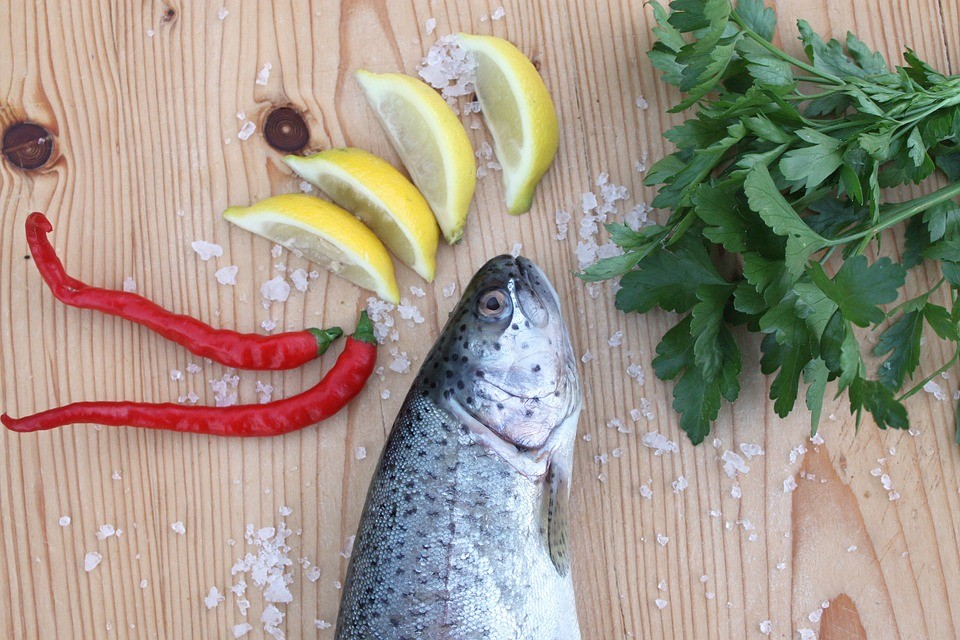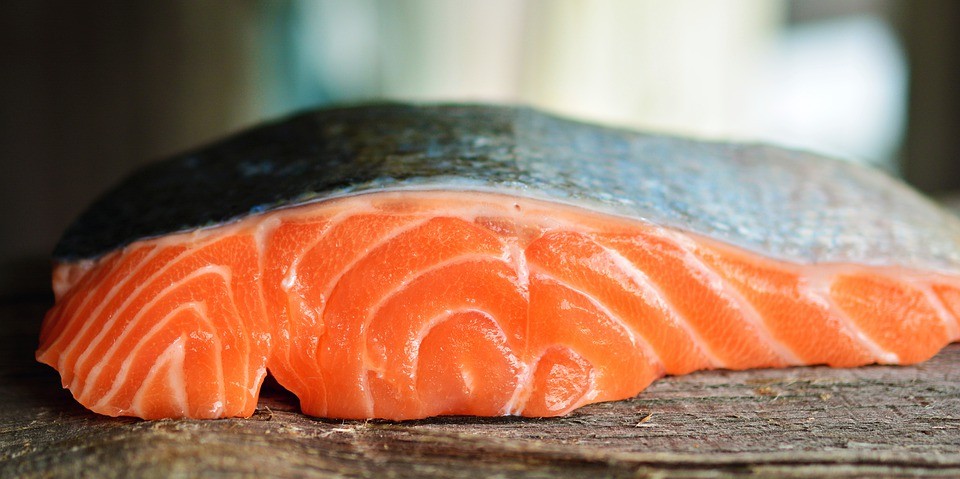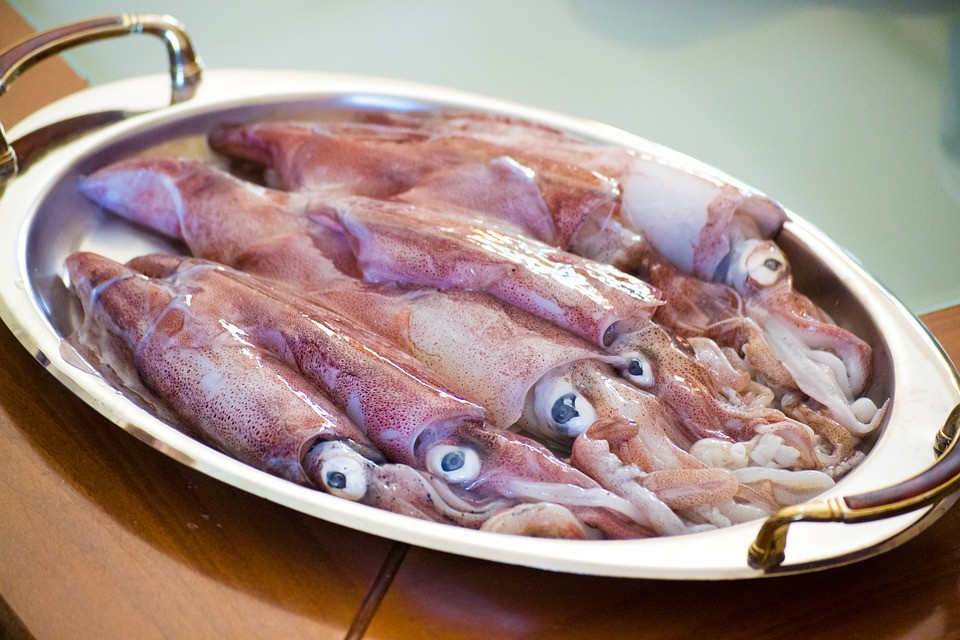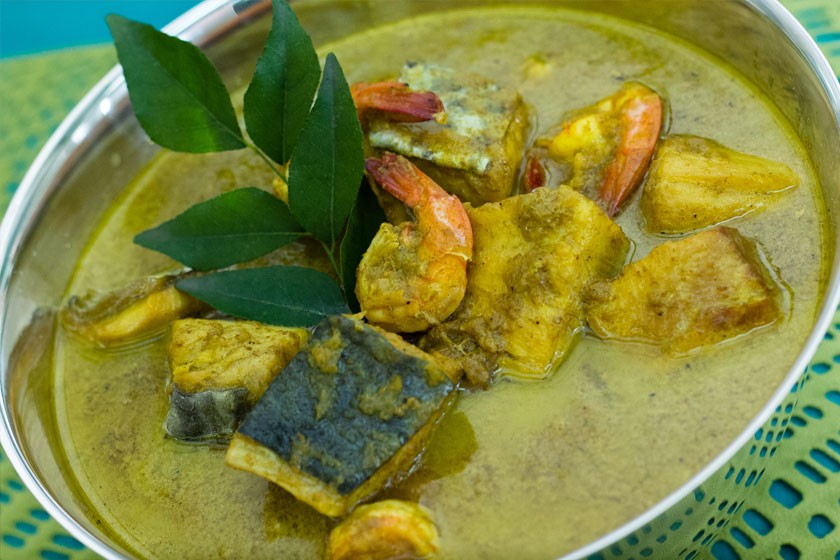Articles
It’s a Fishy Business
As a nation of over 7000 islands, it’s no surprise that Filipinos love seafood.
And we know that dining on all the delicacies the ocean can offer can be a truly gastronomic experience. Seafood isn’t only flavorful, it has tons of health benefits. It’s a great source of protein, Vitamin D, and omega-3 fatty acids, with less saturated fat compared to meat.
Freshness goes way beyond flavor, which is why choosing, prepping, and cooking seafood can be quite tricky. Eating a catch that’s contaminated can result in a trip to the hospital. As they say, “all it takes is one bad one.”
That’s why The Maya Kitchen has prepared three tips that will help ensure that your dreamy seafood dish doesn’t turn into a nightmare.
Tip #1: Be an extremely picky buyer
Whether you’re buying from the grocery or the wet market, build a relationship with your fish vendor. This can mean all the difference in fair pricing and quality, so don’t be swayed by lower prices or promos that seem too good to be true. Stay true your suki!
Also consider how seafood is packed and displayed. If you’re buying frozen, avoid torn and crushed packaging.
If you’re at the wet market, don’t be afraid to poke and prod. Choose fish that’s firm to the touch, has pink or bright red gills, shiny scales, and a clean fishy odor—not something rotten.
For shellfish, make sure their legs (if they have any) are still moving . For oysters, clams, and the like, tap them lightly on their shells. If they close, this indicates they’re still alive—and that means they’re fresh!
Buy your seafood on the last leg of your shopping trip so your can rush home and store it immediately.
Tip #2 Store and prep like an expert
Wrap fish tightly in foil and freeze it if you wish to store it. If it’s on today’s menu, keep it in its original packaging and pop it in the refrigerator.
For live shellfish, place them in containers, cover with a clean cloth, and store in the refrigerator. Resist the temptation to keep dead shellfish on the menu. If they’re not moving anymore, throw them out.
To prep, start with well-washed hands. Thaw frozen seafood in the ref or wrap it in a sealed plastic bag and thaw in cold water. Never re-freeze thawed fish!
#3 Cook it right!
A good rule of thumb is to measure the fish at its thickest part and cook 10 minutes per inch. When it reaches half the cooking time, just flip it on its other side.
Here’s what to look for to know if it’s cooked. Fish meat should be white and flaky. Oysters, clams, and mussels pop open to tell you they’re cooked (throw out any that are shut tight). Shrimp turn pink while the meat is white and firm, and lobster shells turn bright red while the meat is white and flaky.
Kingfish and Shrimp Coconut Curry
Remember that eating raw fish is dangerous, while overcooked fish is dry and lacks flavor, so be extra careful when you’re cooking. Enjoy!
Do you have any seafood tips or recipes you want to share? Leave a comment below!




